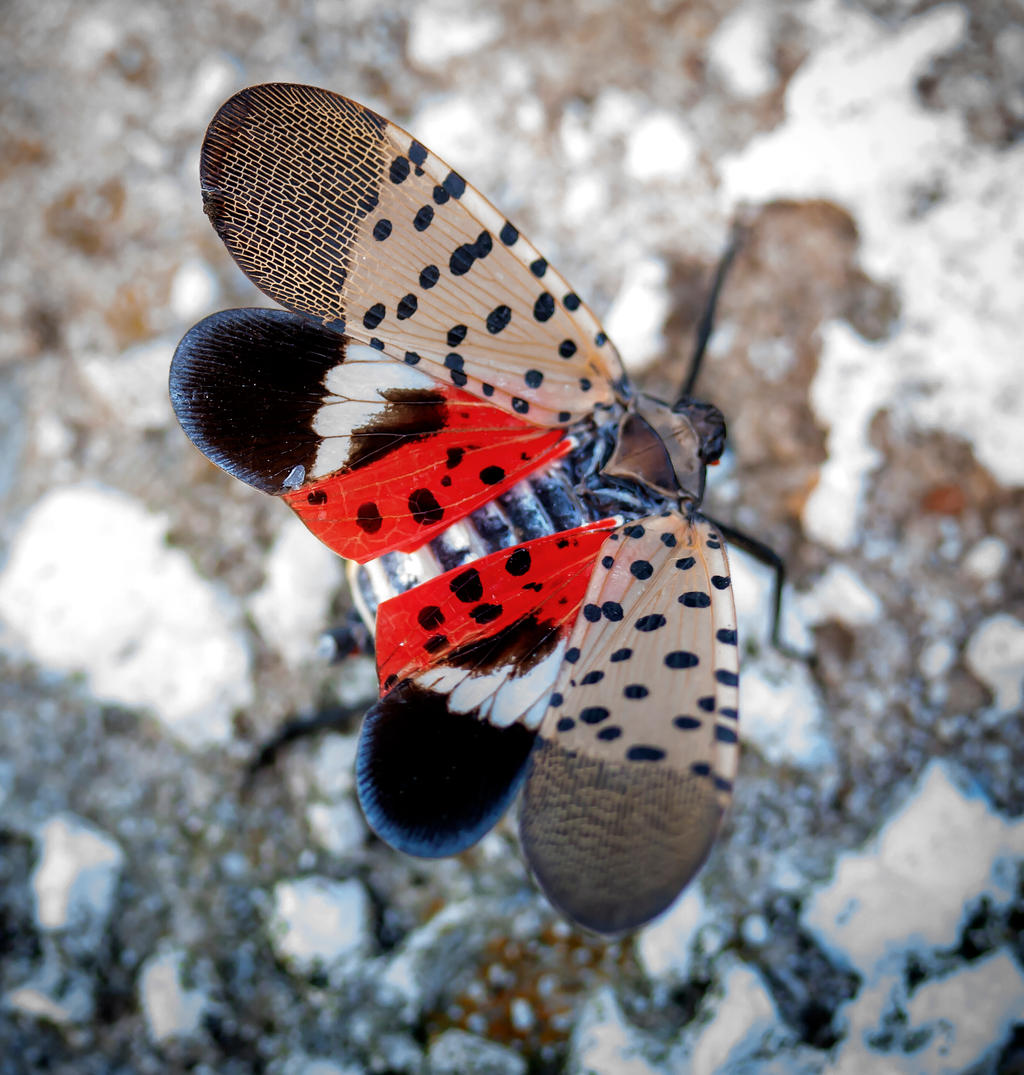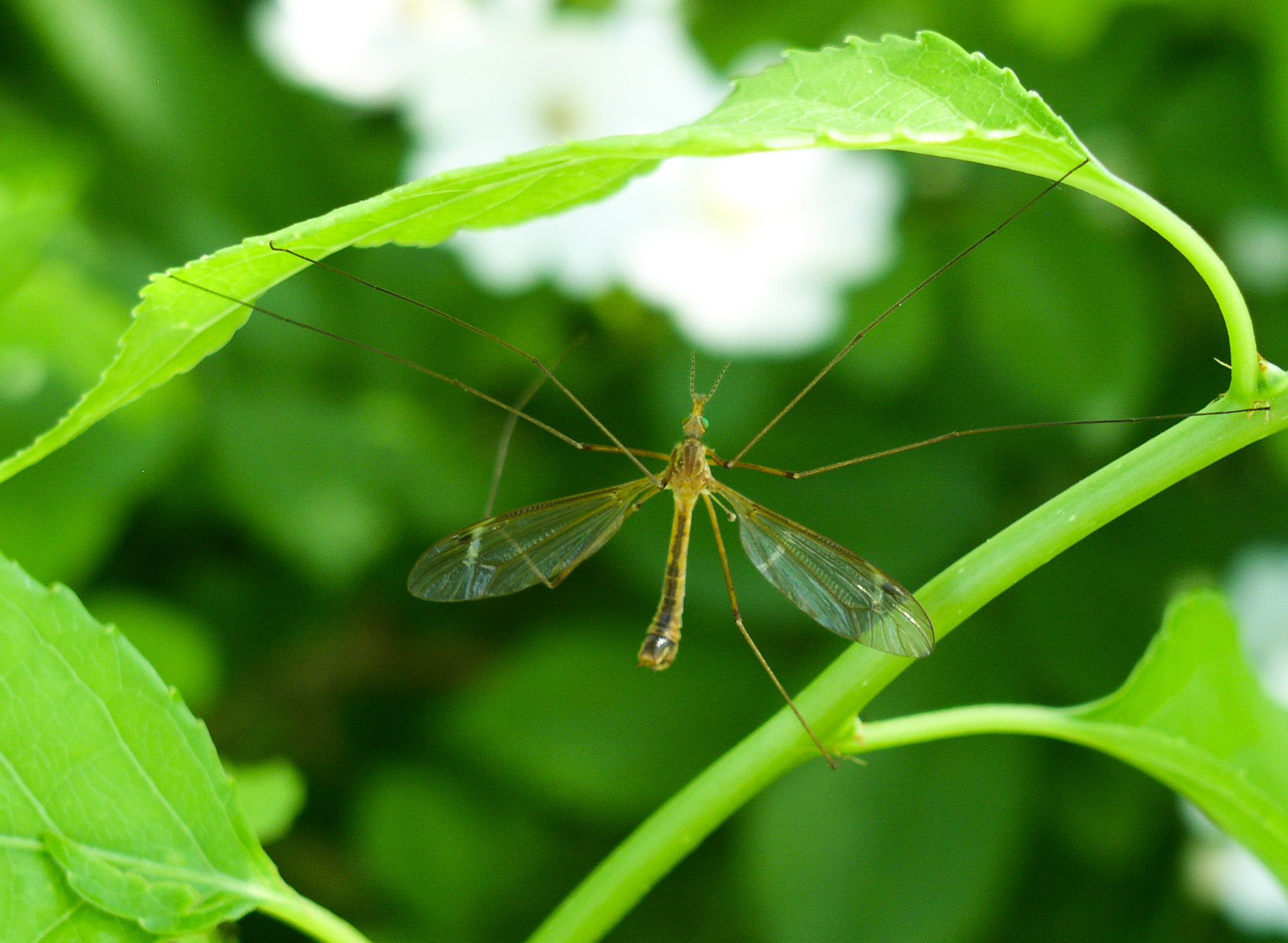|
Batkoa
''Batkoa'' is a genus of fungi within the family of Entomophthoraceae and order Entomophthorales of the Zygomycota. This has been supported by molecular phylogenetic analysis (Gryganskyi et al. 2012). The genus name of ''Batkoa'' is named by the American mycologist Richard A. Humber in 1989 to honor the Polish mycologist Andrzej Batko (1933-1997). The presence of rhizoids and having globose (rounded) rather than pear-shaped conidia helps identify ''Batkoa'' species from ''Entomophaga'' species.N. Amaresan, M. Senthil Kumar, K. Annapurna, Krishna Kumar and N. Sankaranaryanan (Editors) Description The Hyphal bodies are elongated and walled (but not proto-plastic). The condiphores are simple with narrow 'neck' between the condium and condiogenous cell. The primary condia are globose and round, multi-nucleate, discharged by papillar eversion. The rhizoids (if present) are thicker than the vegetative hypae, with terminal discoid holdfast. The resting spores bud laterally from the ... [...More Info...] [...Related Items...] OR: [Wikipedia] [Google] [Baidu] |
Mentaxya
''Mentaxya'' is a genus of moths of the family Noctuidae. Epizootic and parasitic fungus '' Batkoa apiculata'' has been found on moth, ''Mentaxya muscosa'' in Africa. Species Some species of this genus are: *'' Mentaxya albifrons'' (Geyer, 1837) *'' Mentaxya arabica'' Wiltshire, 1980 *'' Mentaxya atritegulata'' (Hampson, 1902) *'' Mentaxya basilewskyi'' (Berio, 1955) *'' Mentaxya bergeri'' (Berio, 1955) *'' Mentaxya bruneli'' Laporte, 1975 *'' Mentaxya camerunensis'' Laporte, 1973 *'' Mentaxya comorana'' Viette, 1960 *'' Mentaxya cumulata'' (Walker, 1865) *'' Mentaxya dallolmoi'' Berio, 1972 *'' Mentaxya fletcheri'' (Berio, 1955) *'' Mentaxya fouqueae'' Laporte, 1974 *'' Mentaxya grisea'' Laporte, 1973 *'' Mentaxya ignicollis'' (Walker, 1857) *'' Mentaxya ikondae'' Berio, 1972 *'' Mentaxya inconstans'' Laporte, 1984 *'' Mentaxya indigna'' (Herrich-Schäffer, 1854 *'' Mentaxya lacteifrons'' Laporte, 1984 *'' Mentaxya leroyi'' (Berio, 1955) *'' Mentaxya min ... [...More Info...] [...Related Items...] OR: [Wikipedia] [Google] [Baidu] |
Furia (fungus)
''Furia'' is a genus of fungi within the family of Entomophthoraceae of the Zygomycota. This has been supported by molecular phylogenetic analysis (Gryganskyi et al. 2012). Originally created in 1966 by Polish mycologist Andrzej Batko (1933-1997), as a subgenus of ''Zoophthora'', The genus name of ''Furia'' is derived from the Latin ''furia'' - this is due to stress the destructive effect of the epizootic of this type species of the subgenus in populations of Lepidoptera caterpillars. American mycologist Richard A. Humber raised ''Furia'' to the generic level. Distribution It has been recorded being found mainly in America and Europe (especially in Great Britain) also Spain,H.R. Engelmann (J. Cramer, Editor) with a few sparse discoveries world wide, such as Mexico, and Brazil. In Poland and Austria, and a few other parts of Europe, the presence of the fungus ''Furia shandongensi'' has been found on earwigs. Species notes ''Furia ithacensis'' is a species of the pathog ... [...More Info...] [...Related Items...] OR: [Wikipedia] [Google] [Baidu] |
Entomophthoromycetes
The Entomophthorales are an order of fungi that were previously classified in the class Zygomycetes. A new subdivision, Entomophthoromycotina, has recently been circumscribed for them. Most species of the Entomophthorales are pathogens of insects. A few attack nematodes, mites, and tardigrades, and some (particularly species of the genus '' Conidiobolus'') are free-living saprotrophs. The name Entomophthorales is derived from the Ancient Greek for insect destroyer ('' entomo-'' = referring to insects, and '' phthor'' = "destruction"). Highlighted species * ''Basidiobolus ranarum'', a commensal fungus of frogs and a mammal pathogen * ''Conidiobolus coronatus'', a saprotrophic fungus of leaf litter and a mammal pathogen * ''Entomophaga maimaiga'', a biocontrol agent of spongy moths * '' Entomophthora muscae'', a pathogen of houseflies * ''Massospora'' spp., pathogens of periodical cicadas * ''Pandora'', including '' Pandora neoaphidis'', an obligate pathogen of aphids Biology ... [...More Info...] [...Related Items...] OR: [Wikipedia] [Google] [Baidu] |
Entomophthoraceae
Entomophthoraceae is a family of fungi in the order Entomophthorales. This has been supported by molecular phylogenetic analysis (Gryganskyi et al. 2012).Gryganskyi AP, Humber RA, Smith ME et al (2012) Molecular phylogeny of the Entomophthoromycota. Mol Phylogenet Evol 65:682–694. https://doi.org/10.1016/j.ympev.2012.07.026 Most species in the family are obligately entomopathogenic. There are two subfamilies, Erynioideae and Entomophthoroideae, which were proposed in 2005. Genera *''Batkoa'' – 10 spp. *''Entomophaga'' – 22 spp. *''Entomophthora'' – 63 spp. *'' Erynia'' – 27 spp. *''Eryniopsis'' – 5 spp. *'' Furia'' – 16 spp. *''Massospora'' – 5 spp. *'' Orthomyces'' – 1 sp. *''Pandora'' Humber 2005 - 31 spp. *''Strongwellsea'' – 8 spp. *''Tarichium'' – 26 spp. *''Zoophthora ''Zoophthora'' is a genus of fungi in the family Entomophthoraceae. Like other taxa in this family, ''Zoophthora'' species cause disease in insects and as such are consider ... [...More Info...] [...Related Items...] OR: [Wikipedia] [Google] [Baidu] |
Entomophthoromycota
Entomophthoromycota is a division of kingdom fungi. In 2007, it was placed at the taxonomic rank of subphylum in the most recent revision of the entire fungus kingdom. In 2012, it was raised to the rank of phylum as "Entomophthoromycota" in a scientific paper by Richard A. Humber 2012. Divided into three classes and six families ( Ancylistaceae, Basidiobolaceae, Completoriaceae, Entomophthoraceae, Meristacraceae, and Neozygitaceae), it contains over 250 species that are mostly arthropod pathogens or soil- and litter-borne saprobes. Taxonomy Circumscribed by mycologist Richard Humber in 2012, it contains species formerly classified in the division Zygomycota. Humber's reorganization divides the division into three classes while retaining the previously defined family structure: Division Entomophthoromycota Humber 2012 ntomophthoromycotina Humber 2007:Class Basidiobolomycetes Humber 2012 olomycetes Cavalier-Smith 1998; Bolomycetidae Cavalier-Smith 2012; Basidiobolomycot ... [...More Info...] [...Related Items...] OR: [Wikipedia] [Google] [Baidu] |
Amrasca Biguttula
''Amrasca biguttula'', commonly known as the cotton jassid, is a subspecies of leafhopper belonging to the subfamily Typhlocybinae of family Cicadellidae. It is a pest of cotton, okra, and other crops in southern Asia and West Africa. Description The adult cotton jassid is a long and slender insect about in length. It is yellowish-green, with a conspicuous black spot on either side of the head and another near the tip of the fore wing. The head is pale green and the membranous wings transparent and iridescent. On leaf surfaces, the insect tends to move about diagonally, and when disturbed it immediately jumps and flies away. Life cycle Leafhoppers undergo direct development from nymph to adult without undergoing metamorphosis. On okra, eggs are mainly oviposited inside the tissue of leaf blades, but may also be laid in leaf stalks or in soft twigs. The eggs hatch in six or seven days. There are five nymphal instars, developing over a period of about seven days. Nymphs are wi ... [...More Info...] [...Related Items...] OR: [Wikipedia] [Google] [Baidu] |
Spotted Lanternfly
The spotted lanternfly (''Lycorma delicatula'') is a planthopper indigenous to parts of China. It has spread invasively to Japan, South Korea, and the United States. Its preferred host is tree of heaven (''Ailanthus altissima''), but it infests economically significant plants including soybean, grapes, stone fruits, and ''Malus'' spp. In its native habitat, ''L. delicatula'' populations are kept in check by parasitic wasps. The spotted lanternfly's life cycle is often centered on its preferred host ''Ailanthus altissima'' but ''L. delicatula'' can associate with more than 173 plants. Early life stages (instars) of the spotted lanternfly are characterized by spotted black and white nymphs that develop a red pigmentation and wings as they mature. Early life instars display a large host range that narrows with maturation. Adult spotted lanternflies display a black head, grey wings, and red hind wings. Adults do not display any specialized feeding associations with herb ... [...More Info...] [...Related Items...] OR: [Wikipedia] [Google] [Baidu] |
Fungi
A fungus (plural, : fungi or funguses) is any member of the group of Eukaryote, eukaryotic organisms that includes microorganisms such as yeasts and Mold (fungus), molds, as well as the more familiar mushrooms. These organisms are classified as a Kingdom (biology), kingdom, separately from the other eukaryotic kingdoms, which by one traditional classification include Plantae, Animalia, Protozoa, and Chromista. A characteristic that places fungi in a different kingdom from plants, bacteria, and some protists is chitin in their cell walls. Fungi, like animals, are heterotrophs; they acquire their food by absorbing dissolved molecules, typically by secreting digestive enzymes into their environment. Fungi do not photosynthesize. Growth is their means of motility, mobility, except for spores (a few of which are flagellated), which may travel through the air or water. Fungi are the principal decomposers in ecological systems. These and other differences place fungi in a single gro ... [...More Info...] [...Related Items...] OR: [Wikipedia] [Google] [Baidu] |
Tipula
''Tipula'' is a very large insect genus in the fly family Tipulidae (crane flies). The members of this genus are sometimes collectively called common crane flies. ''Tipula'' contains over 2,000 species located throughout the world. Like all crane flies, ''Tipula'' species have long bodies and long legs, somewhat resembling large mosquitos Mosquitoes (or mosquitos) are members of a group of almost 3,600 species of small flies within the family Culicidae (from the Latin ''culex'' meaning "gnat"). The word "mosquito" (formed by ''mosca'' and diminutive ''-ito'') is Spanish for "litt .... Adults generally have a body length of 15-20 mm. They are usually brown with clear or brownish wings. They feed on nectar and are active throughout the year. ''Tipula'' maggots are sometimes known as "leather jackets" due to their tough skin. Technical description: Discal cell present ; M3 arises from M4 ; all tibiae spurred Antennae with whorls of long hairs. Rs usually long ; Sc ends far fr ... [...More Info...] [...Related Items...] OR: [Wikipedia] [Google] [Baidu] |



